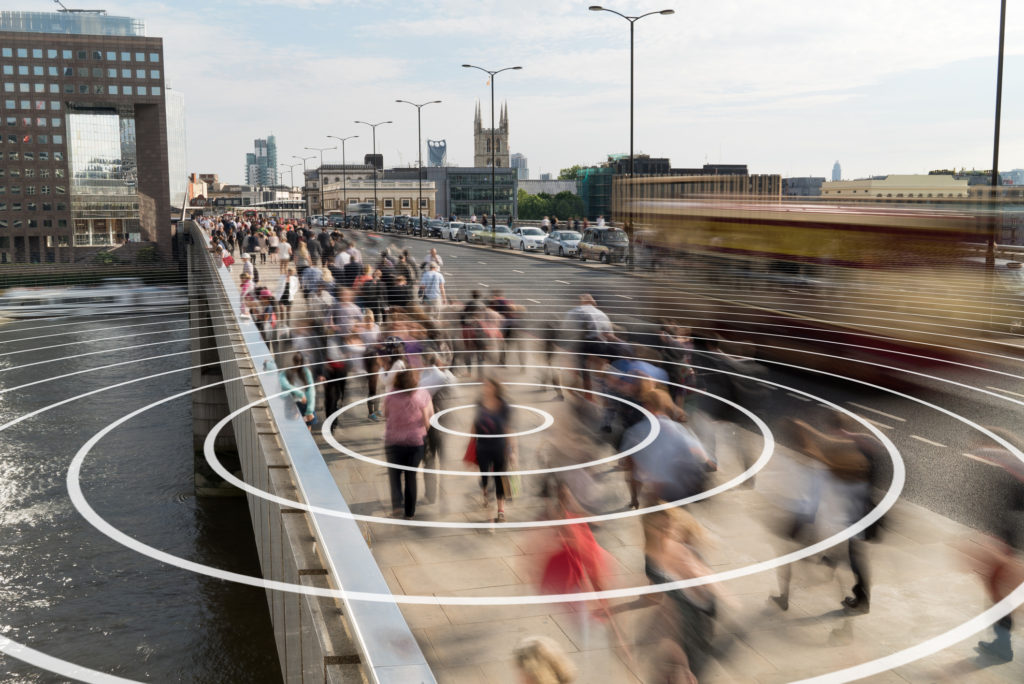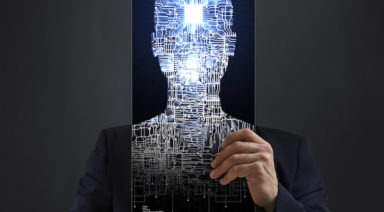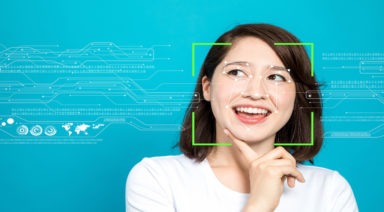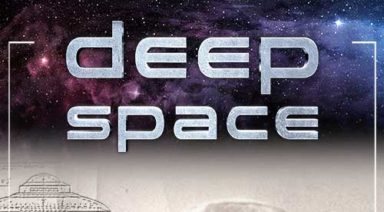Microchips: the Next Step in Transhumanism or a Privacy Issue?

An increasing number of people are receiving RFID microchip implants, seen as a futuristic technological convenience, but are there negative implications?
Personal enhancement is a common goal amongst all humans. We have a natural drive to better ourselves, break boundaries and explore new realms. So, it is unsurprising that with our advancement, we will inevitably start to incorporate technology into the very nature of our being – our bodies and minds. Is this inevitable, though? Where does one draw the line?
Transhumanism is one name for this concept and it is a step toward what some describe as posthumanism, an eerie topic that blurs the line between man and machine. That point where we start to transcend, or maybe depart completely, from our human awareness into a superintelligent state that might not resemble consciousness as we know it.
Are Microchips an Inevitable Technology?
We have already started the transition into transhumanism in its nascent phase with wearable technology and our dependence on smartphones. The addiction we have to our phones keeps them tucked in our pocket or purse at all times, and the technology already has a grasp on our biochemistry. The satisfaction from a text message or Facebook like sends a shot of adrenaline or serotonin through the brain, giving us a positive or negative emotional response. This technology has subtly crept into our lives and has become an extension of ourselves in many ways.
But the next step is underway, in a much more overt sense, but the underlying implications may not be so obvious. Subdermal microchips have begun being implanted, as a way to supposedly make one’s life more convenient. That same radio frequency identification technology that allows you to wave your phone over a sensor to pay for groceries, or the chip in a key fob that allows you access into a building, is being implanted in people’s hands. Why? So you don’t have to worry about forgetting your keys at home or in case you’re unconscious, a medical responder can identify any conditions you might have.
An Overarching Issue of Privacy
First adopters seem to have no issue with the technology, gladly allowing their companies to insert grain-sized chips into their hands at work under the premise that the chips can only store 1000 bytes of data and aren’t powerful enough to be used to track your personal whereabouts. Oh, and they’re encrypted, so you can rest assured that no one will be able to access personal data.
But unsurprisingly, hackers have already figured out a way to turn these RFID chips into a vehicle for transmitting malware. So, now not only do you have to worry about catching a cold or the flu, but also a computer virus. And while RFID technology might not be a powerful transmitter or have significant storage capability, it can be used as a key to unlock personal data or the pathways that lead there.
Dr. Mark Gasson, the first human to intentionally “infect” himself with a computer virus, said, “While it is exciting… I found it a surprisingly violating experience because the implant is so intimately connected to me but the situation is potentially out of my control.”
Meanwhile, some of those who are voluntarily allowing themselves to be implanted with the chips are more concerned with the fleeting physical pain of the process rather than the overarching implications. If the NSA was coercing communications companies to allow them backdoor access to collect metadata on US citizens, one might want to exercise caution when these implants are proposed.
Sure, the chips may be encrypted, but much like the way the NSA’s collection of metadata was invasive, a company could use information from RFIDs to collect metadata on an employee. An employer might be able to see how long you’ve gone on break by looking at when and how long you used your chip to open doors.

RFID chips could be a privacy concern
Despite the fact that our phones are used to store a copious amount of private information and they can be used for geolocation, we can at least leave them at home or easily destroy them, if need be. But once something becomes implanted in the body, it becomes harder to dispose of. And what about the potentially negative health benefits of having a radio transponder under your skin? We still don’t have extensive information about the long-term effects of exposure to cell phones in constant, close proximity, let alone putting similar technology under our skin.
There is definitely a possibility that RFID microchips could turn out to be completely benign, due to their low-grade capabilities and small frequency range, but what about the next iteration? If you’re going to have something implanted, shouldn’t it do more than unlock a door or charge a purchase to your credit card? The next step has already been proposed by Neuralink, a venture-backed by Elon Musk that wants to develop chips or some sort of interface to be implanted into the brain, sparking a greater leap onto our paths to becoming cyborgs.
The development of this technology has been touted for previous successes with neural laces that have benefitted those who suffer from neurological diseases or for the use of controlling robotic appendages. These basic systems have undoubtedly benefitted those whose symptoms can be eased with simple electrical impulses, but creating an interface that can enhance a healthy human brain is risky in its implementation and security. Our brains are already able to be manipulated and controlled without physically tapping into them.
But maybe this is an inevitability that must be embraced. If we want to advance intellectually and evolve as a species, maybe we’ll need to more fully integrate the technology that has helped us reach this point. Are you willing to be chipped?
Wilhelm Reich — Prophet or Madman?

“My present work began in the realm of psychiatry and psychoanalysis. This led to the discovery of bio-energy in the living organism and atmosphere. It follows new, hitherto unknown functional laws of nature.”
~ Wilhelm Reich
Born in Austria at the close of the 19th century, Wilhelm Reich was the son of a Jewish farmer but was deprived of his heritage by parents who raised their children as “Austrians’” a nationalistic, rather than religious, identity. After a complicated childhood and his parents’ deaths, young Reich joined the Austro-Hungarian army during WWI.
After the war, Reich enrolled in law school at the University of Vienna but switched to medical studies early on. At the time, a renaissance of inquiry into human nature was beginning. After attending a talk by Sigmund Freud, then a lecturer in neurology, Reich took a job at the Freud’s Vienna Ambulatorium, an experimental psychoanalytic clinic, soon earning the role of assistant director. Biographers have referred to Reich as Freud’s wunderkind or his prodigy.




































